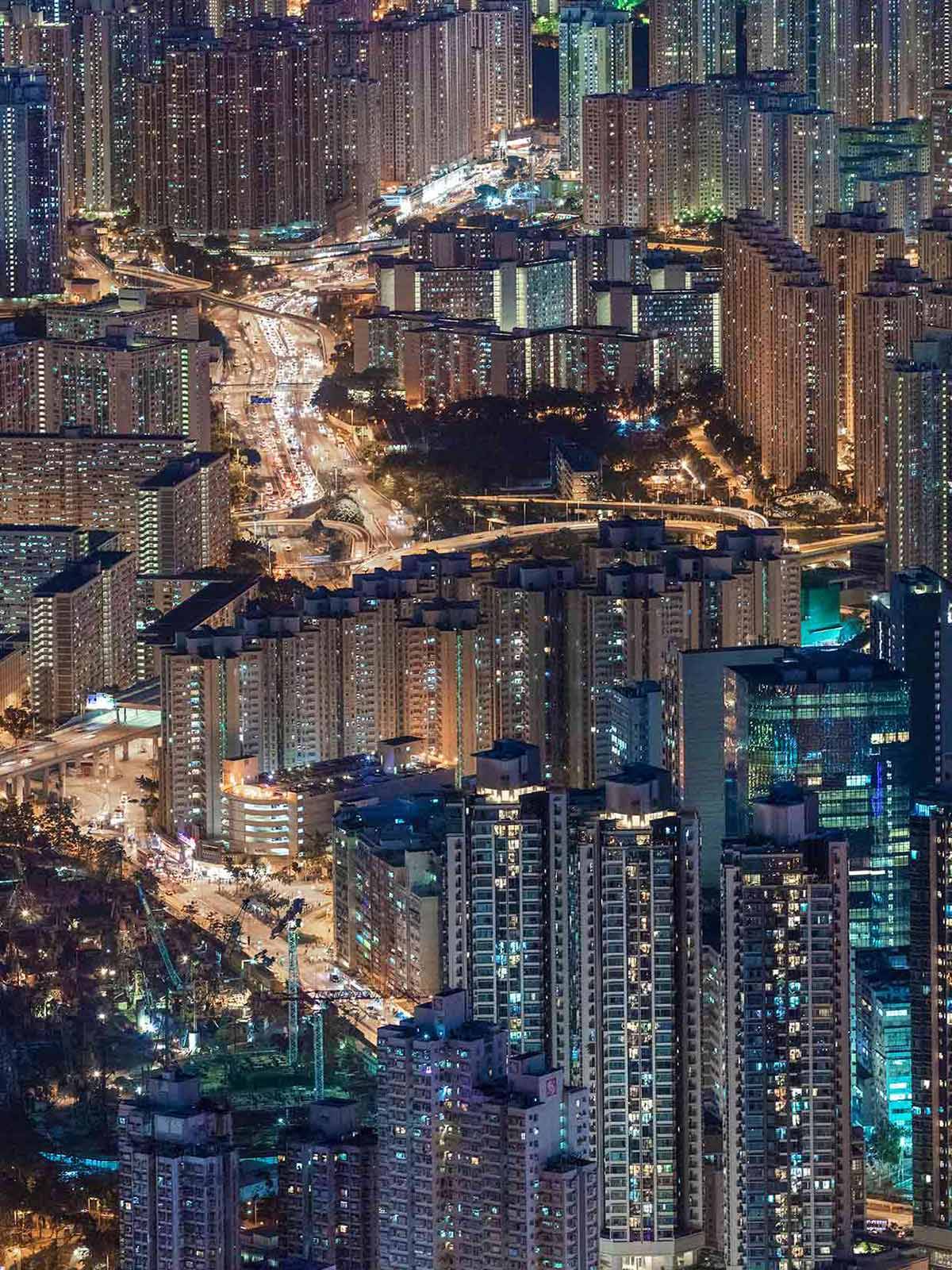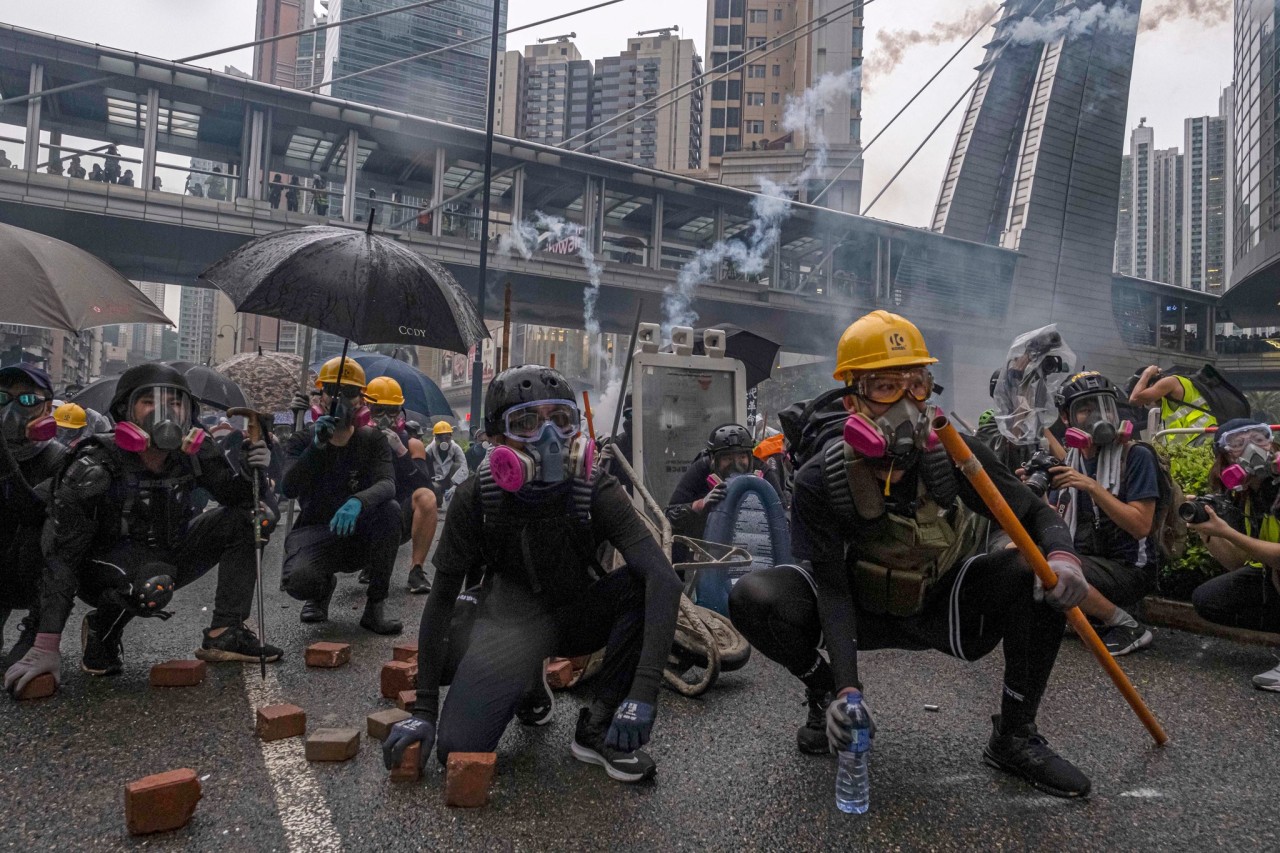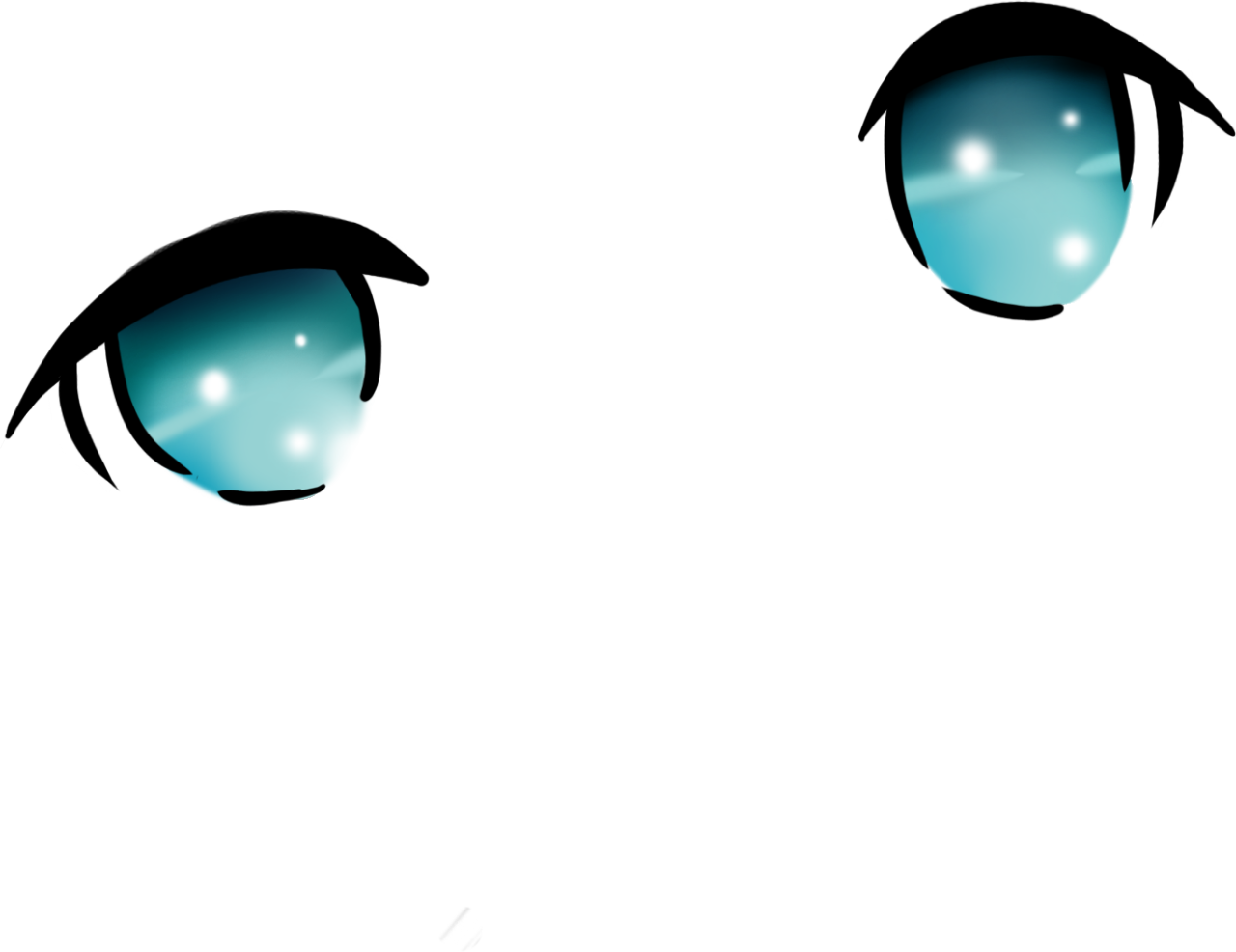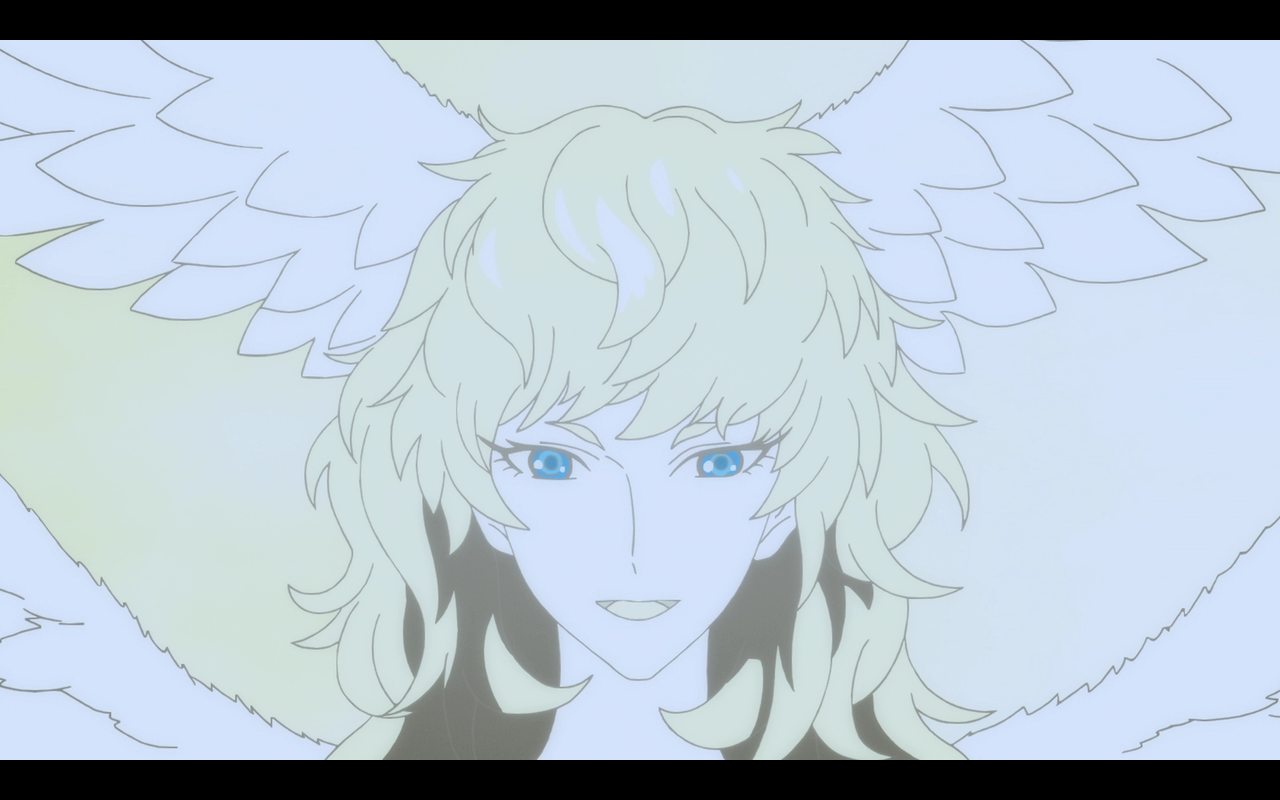
Susan_Sontag_AIDS_and_Its_Metaphors_1989
Body as a temple
Body as a factor
Body as a fortress
°
It was when the invader was seen not as the illness but as the microorganism that causes the illness that medicine really began to be effective, and the military metaphors took on new credibility and precision. Since then, military metaphors have more and more come to infuse all aspects of the description of the medical situation. Disease is seen as an invasion of alien organisms, to which the body responds by its own military operations, such as the mobilizing of immunological “defenses,” and medicine is “aggressive,” as in the language of most chemiotherapies.
°
War-making is one of the few activity that people are not suppose to view “realistically”.
°
What make the viral assault so terrifying is that contamination, and therefore vulnerability, is understood as permanent.
°
Why me? The cancer patient exclaims bitterly. With AIDS, the shame is linked to an imputation of guilt.
°
As sicknesse is the greatest misery, so the greatest misery of sickness is solitude
°
°
°
CONSIDERAZIONI
Il cancro si sviluppa nel corpo di una persona e riverbera nelle vite di coloro che le stanno vicino. In questo modo, se anche ad essere malato è un solo membro della famiglia, è l’intero gruppo ad essere investito dalla malattia con ripercussioni di tipo medico, economico e sociale. Coloro che si prendono cura della malata tendono a trascurare la propria salute, il proprio lavoro e le proprie relazioni sociali.
La narrazione mainstream della malattia è legata alla singola persona. Nella mia esperienza invece la malattia è un agente che colpisce un gruppo di persone infiltrandosi attraverso un singolo e manifestandosi in ogni persona connessa.
°
La sofferenza è acuita dalla consapevolezza della letalità della malattia e dall’umiliazione degli effetti sul corpo.
°
Tumore e gravidanza —> invasività
La grande causa: L’uomo contro gli uomini la donna contro le donne
“Questa è l’eredità del principe orfano e i figli illegittimi della sua famiglia non saranno sempre in grado di appropriarsene, perché dai campi che seminano con denti di drago e irrorano col sangue, sputano mostri che solo lui ha il potere di allontanare.”
: : : : : : : : : : : : :
“ Il più alto ideale che l’uomo può realizzare grazie le sue capacità è ciò che egli è destinato a raggiungere.”
* * * * * * * * * * * * * * * * * * * * * * * *
Il castello dei destini incrociati- italo calvino
“E
il diavolo allora poteva ben scomparire con un sogghigno che pareva un
ululato: vecchio abitatore dei campanili, avvezzo a contemplare,
appollaiato su un pluviale, le distese dei tetti, sapeva che le città
hanno anime più corpose e durature di quelle di tutti gli abitanti messi
insieme.
Era così che la
fantasia farneticante di Orlando si figurava l’incedere fatato di
Angelica nel bosco, era un’impronta di zoccoli volanti che egli
inseguiva, più leggeri che zampe di farfalla, era uno spolverio d’oro
sulle foglie, come lasciano cadere certe farfalle, la traccia che gli
serviva da guida nell’intrico.Misero lui! “
* * * * * * * * * * * * * * * * * * * * * * * *
La casa delle belle addormentate
Yasunari Kawabata
Pg 16 17 (sleeping women)
21 memories
81 the prostitutes are the Buddha’s reincarnation
<<Che vita aspetterà questa piccina?>>
Mamma: guarda non c’è la faccio più!Siri: ci vuole del cioccolato, tanto cioccolato.
La
ragazza era fin troppo giovane, e forse per questo che il male si era
tanto più insinuato in Eguchi; ma i vecchi che visitavano segretamente
la casa delle “belle addormentate” sembravano cercarvi, oltre la
semplice consolazione per la giovinezza perduta, qualcosa che facesse
dimenticare loro le colpe di un’intera esistenza.
[…]
I vecchi
verosimilmente non avevano un Budda innanzi a cui inginocchiarsi e
pregare. Stringendosi al petto le nude bellezze, versavano fredde
lacrime, si abbandonavano al pianto e quand’anche urlassero le ragazze
non ne sapevano nulla, non si svegliavano neppure. I vecchi non dovevano
provare così vergogna o umiliazione. Si pentivano e si rattristavano in
completa libertà. Sotto tale aspetto le “bellezze addormentate” non
erano forse qualcosa di simile a un Budda? Ed erano corpi vivi. La
giovane pelle e il profumo delle ragazze erano forse il perdono e la
consolazione per quei poveri vecchi.
[…]
“Che vita aspetterà
questa piccina? Pur senza raggiungere il successo o la celebrità, sarà
la sua una vita tranquilla?” pensò Eguchi. C’era da augurarsi che per
aver dato consolazione ai vecchi in quella casa, conquistasse la
felicità futura; parve quasi a lui che essa fosse, come in antiche
leggende, la reincarnazione di qualche Budda. Non si raccontava di
cortigiane e prostitute che erano reincarnazioni di Budda?
* * * * * * * * * * * * * * * * * * * * * * * *
Roxane
Gay:
<<Ero sola e spaventata e il cibo mi offriva soddisfazione
immediata, mi dava conforto quando avevo bisogno di essere confortata e
non sapevo come chiederlo a chi mi amava. Il cibo aveva un buon sapore e
mi faceva sentire meglio. Era l’unica cosa alla mia portata, il mio
unico sollievo, un amico perché costante: quando mangiavo non avevo
bisogno di altro.>>
I chili costruiscono un’armatura, uno
scudo per difendere ciò che di bello era rimasto della giovane Roxane:
<< Avevo un corpo di cui mi vergognavo ma che mi faceva sentire al
sicuro e, più di ogni altra cosa, io volevo sentirmi al sicuro.>>
<<Vivere nel mio corpo ha fatto crescere l’empatia verso le altre persone e verso la verità dei loro corpi. >>
La
compatibilità completa è l'apice tecnologico tutto vive in cloud senza
possibilità di perdita. Solo una memori morta, museale ed inutile.
Nonostante questo serve per dare una profonda sicurezza. Per garantire
di avere un'anima L'incompatibilità è obsolescenza, inquinamento, disequilibrio
Sei
leggera e scattante. Nessun conforto è necessario (anche se sarebbe
gradito). Il cibo è ingannevole perché ti sembra nutrimento, invece,
come quel bicchierino di vodka che senza nessun preavviso arriva quasi a
farti perdere i sensi, ti stordisce.Fanne a meno e potrai vivere senza il conforto esterno perché avrai la forza e il potere della sicurezza quasi assoluta.
Un spazzolino elettrico
* * * * * * * * * * * * * * * * * * * * * * * *
Il vento eil vortice pg: 74
Ci sono due caratteristiche comuni distopiche: la paura e il
lutto. Il lutto per una perdita e la paura del futuro. Ciò che viene
perduto e rimpianto è la libertà di scelta fra il bene e il male come
condizione umana.

Art is a process of critical thought.
Artists are the ultimate researchers and their critical sensibility is precious.
Digital is a humanistic practice.
Experimentation is a practice shared by art and science.
SOME EXCERPTS FROM
Sensual Culture: The Socio-Sensual Practices of Clubbing.
Philip Gordon Jackson University College London In Fulfilment of
PhD in Social Anthropology Submitted in June 2001
_core crowd
people become core crowd members by simply becoming regulars and partying hard, so that they get noticed and invited to other nights; they make an effort to add to the party by participating in it to a high degree; they will dress up, dance hard, socialize and play a role in “kneading” the party out of the more reserved clubbers.
over the course of the night, we don’t spend a lot of time with each other, because we’re circulating and chatting and dancing and trying to get other people to let their hair down and join in, that’s the most important job of the core crowd.
The core crowd are the people who produce a party more than they consume it
darkness holds an unknown quality about it that is a combination of both promise and threat. It is a time of invisibility or transformation where, shielded from the clarity of Foucault’s gaze, people can become slippery in terms of the activities they seek out and the personas they present to the world.
Night in the city is time out […] For people who hold down boring or unsatisfactory jobs, night is the time when they feel they lead their real lives.
“Night is the final frontier because it’s the only space and time, in the current system, that can be given over to things that won’t necessarily make money. During the day you have to do things that will allow you to survive financially. Whereas the night you don’t.” (Male 28; 11 years experience.)
anonimity
darkness “covers”, “penetrates” and “touches”
“It’s hard to dance when a club’s too light, you feel too vulnerable; it’s like dancing during the daytime I find that a bit odd too, though once I’ve got going I don’t mind as much, but there’s something about really dark rooms that makes it easier to dance and go a bit wilder; it feels more natural.” (Female 29; 7 years experience.)
Dancing in the dark is easier than dancing in broad daylight where the movements of the dancer are revealed to the world and open to scrutiny. You often see people closing their eyes, when they dance, enveloping themselves in their own darkness and allowing themselves to experience their own body in motion more intensely by cutting out the distraction of the crowd.
Out on the dancefloor, shrouded in this cimmerian world, the tyranny of vision is abandoned in favor of the delights of invisibility and the physical closeness of bodies getting serpentine on the beat. What you can’t see you can’t judge and can’t be judged by.
Shrouded by the darkness bodies became liquid, emotions rose to the surface, faces were hyper-expressive revealing joy, confusion, contemplation and sheer unadulterated bliss.
Some of these crowds may have difficult lives outside of the club space, others don’t, but regardless of where they have come from the experience of clubbing itself adds something they value to their lives. I believe this sense of value arises from this point of sensual tension; it is an emotional and experiential value, rather than an ideological position; clubbing is about creating worlds that feel right.
“I get to be sexy; it seems silly but I really enjoy it, when I’m in a club dancing my whole body feels hot and horny and alive. I can dress up in a way that I could never do on the street or in pubs, because I think in clubs people will accept that you’re doing it for yourself; they can watch you and enjoy you, but that’s as far as it goes; it’s playful rather than serious; It feels safe much safer than other places where it might cause hassle; I feel more in charge of the situation, less threatened by people watching me. You know that some guy might be getting turned on by the way you dance, but m a club that feels less dangerous because you expect the men to not behave like arseholes. If they’re just smiling at you and watching you and enjoying or dancing along with you then they understand that It doesn’t necessarily mean you want to fuck them; it’s just part of the might, part of the fun of clubbing.” (Female 41; 19 years experience.)
“I was dancing on my own and this group of women were on the floor with me; it was pretty empty, but they kept crowding in on me like there was no room and giving me horrible nasty looks and whispering to each other, then staring at me. It wasn’t very nice; they seemed to resent me dancing on my own, like they were threatened by it or something. It hasn’t happened very often at all, but when it does you just think, ‘Oh you sad bastards just leave me alone and enjoy yourself, that’s what we’re all here for.’ ” (Female 42; 5 years experience.)
_The Dynamics of Dance
Stage 1 is the pre-dance stage, where punters begin to embody the practice of clubbing. They congregate at the peripheries of the space, around bars, at the edge of the dancefloor. Standing with their mates, scanning the crowd to see who’s there, they drink, giggle, watch. Some are waiting for their drugs to “come on” and at this stage the crowd is still anxious about the night.
Club crowds must be hospitable and welcoming and this is again communicated physically: it is a bodily attitude that is relaxed, passionate and, most importantly, friendly.
Stage 2 is the point where a dancefloor tentatively begins.
DJ drops a club favourite or a confident party posse arrives in force.
people surreptitiously start to dance at the periphery, move into the visible space and then retire back to the edge.
This is a period where people feel particularly self conscious, by beginning to dance they must move from the safety and anonymity of the crowd, to the visibility of the floor. People at the edges often start dancing, while chatting with friends or facing away from the floor itself, as they attempt to conceal themselves and their movements by pretending that they’re not actually dancing, more just moving about while talking.
Stage 3 is a warm-up periodThe temperature rises, muscles warm up, bodies start to relax
You become hyper-aware of your own self within the crowd.
The joy of dancing in a club is that there is no wrong way to dance, as long as you’re getting otT on it, lapping it up, lovin’ it, then you can dance. The only bad dancer is a miserable one.
Stage 4 is the point where the dancefloor reaches a critical mass of bodies; it is the hottest and most intense stage in terms of being amongst others. Full dancefloors can become static, they reduce the range of potential movement, this is the hands in the air stage when you have to focus your movement vertically, rather than horizontally, to avoid collisions. As one informant explained:
“Dancing on a really packed floor, that’s really going for it, can feel like leaping into a bucket full of eels; it’s great, hot, bodies everywhere, all just squirming and getting sweaty; it’s great.” (Male)
The sweat which pours from your skin seems to cleanse you, draining out the toxic residue of frustrated plans, niggling worries, stupid arguments and petty insecurities. Nothing matters but the beat, the crowd, the dance.
Glorious. Some clubbers themselves see this experience in terms of escapism, but to the outside eye, it seems so social and physically creative, that it forces you to re-think the meaning of the term escapism itself.
The crowd has worked together to create this moment. They have put time, energy and hard cash into the night, but most importantly they have generated a sense of social camaraderie, within the club, that underpins their ability to cut loose and feel good amongst the people who surround them. The dance is one way in which that sensation manifests itself, in both individuals and groups, by allowing them to possess a different physicality in the world, one that is strong and fervent, relaxed yet powerful, one that has shed, even if only for a night, the physicality of the drudge.
“I was trained as a dancer; I worked as a dancer; I have always danced; I’ve always enjoyed dancing, but I never really felt like a dancer until I started taking drugs and dancing in clubs. That taught me more about dancing than any other experience of dancing ever has.” (Female 41; 19 years experience)
The easiest way to describe it is that it feels like vertical fucking, but this fuck has a sense of humour, it is playful and intense simultaneously.
“I haven’t had sex for almost two years and dancing allows me to enter a wonderful sensual place; it’s almost as good as sex in terms of making your body feel fabulous” (Female 42; 5 years experience.)
The aches and pains of the week begin to evaporate through movement.
grey flees the building to be replaced by vivid reds, burning oranges, iridescent blues and a slither of topaz. You ain’t in Kansas no more. You’re on a dancefloor and it is fearsome fine.
You can literally feel these changes deep in the flesh, your posture becomes liquid, you can sense the energy pumping through your veins, as this sensorial realm begins to dominate consciousness. Your kinaesthetic sense is firing on all fronts, all that matters is the dance. The sensual residue of the week, your weaknesses, anxieties and strengths are channelled into the dance and so transmuted into movement, energy and heat. They are not simply forgotten, their form is altered, their shadows are expunged from the flesh. Those knots of tension, that are the physical manifestation of problems at work, the heaviness of depression, the stooped form of anxiety, are all cast-off and replaced with a body in lithe, supple motion.
At times this can feel transcendent; it is a physicality that takes you so far beyond the everyday experience of your own social body, that it felt as a sublime manifestation of self in world.
'I’ve never felt like that, because I’ve never moved like that’
the experience of dancing becomes a form of sensual knowledge in itself; it teaches you about your own body, how you can make that body feel and how you can intensify those feelings.
you don’t have to look good, when you dance, it is enough to simply dance and express your passion for dancing and this freedom is one of the most important qualities of the club space.
once my body started to loosen up then I could look at people, catch their eyes and smile and feed off their energy, because I had space my dancing could get pretty wild.
“[…] It’s not showing off; it’s trying to provoke and tempt people to go further. It’s not about performance; I don’t want people to look at me; I want them to interact with me; to be with me; not stare at me. The display thing is all very silly really; it’s a game”
dancing in a crowded room is very different from dancing alone, because you’re immersed within and energized by the sociality of the space.
safe social space
What they actually communicate, when they’re wrapped within the full force of the dance, is the feeling of being exquisitely and sensually ALIVE, more alive than they feel in many other areas of their lives. That sense of aliveness arises from a repossessing and re- sensualizing your own body through the practice of dancing.
Dressing up is a sensual practice […] it is fun in itself and people enjoy playing with the way they look.
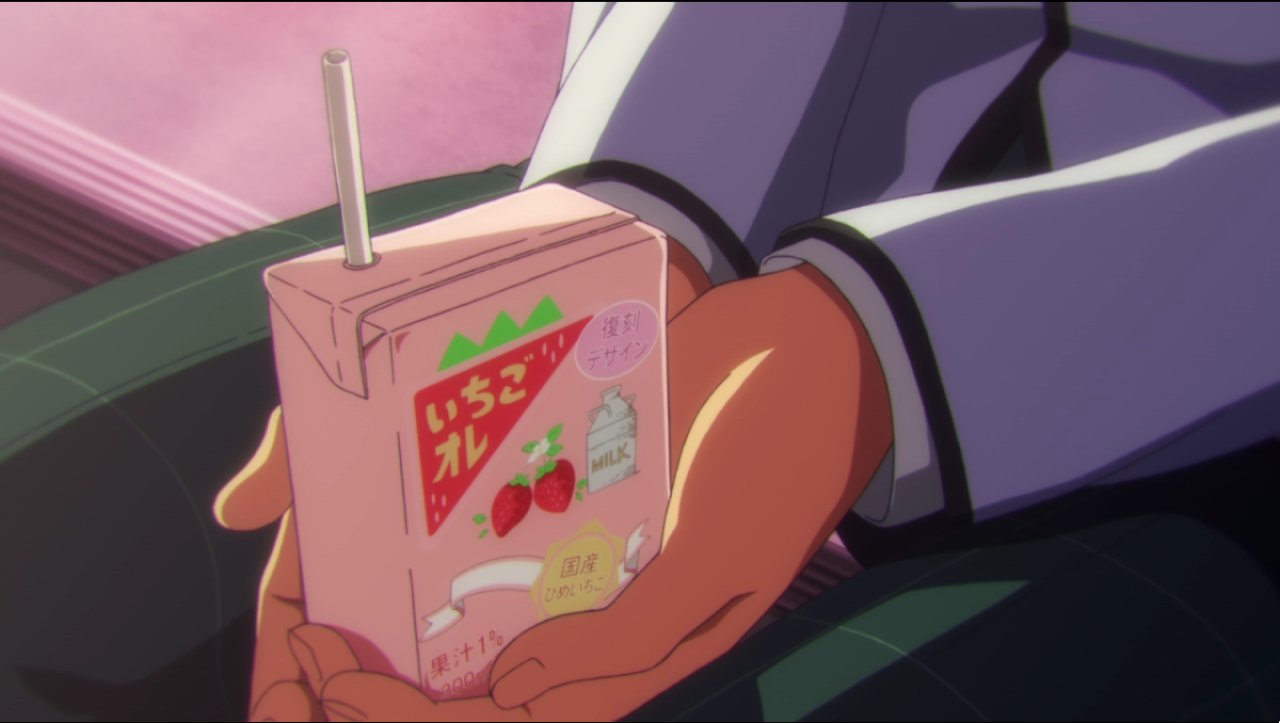
Some copy/paste by Mark Fisher_Capitalist Realism
Being smart means being dynamic and nomadic, and against centralized bureaucracy; believing in dialogue and co-operation as against central authority; in flexibility as against routine; culture and knowledge as against industrial production; in spontaneous interaction and autopoiesis as against fixed hierarchy.
Slavoj Žižek

Since it is now clear that a
certain amount of stability is necessary for cultural vibrancy, the
question to be asked is: how can this stability be provided, and
by what agencies?

When I was a kid I used to desire to be that kind of kid that every evening writes her thoughts on the paper pages of a secret diary. Maybe it is unnecessary to say that in my mental picture I’ve always worn the tiny key hanged on my neck or on my hear.
#nostalgia
In the end, I didn’t make it: I have not been like this in my childhood, but, as a millennial, I’ve totally reached my aim.
I’m not saying that I write something every day (or every evening) but I need to write down some thoughts sometimes, and it really helps me.
And, as soon as I live in a world in which most of the people overshare everything regard them, I don’t even have to lock my words somewhere, because no one will ever care about them or read them. They are lost before I start to type. Meaningless like pleasure.





